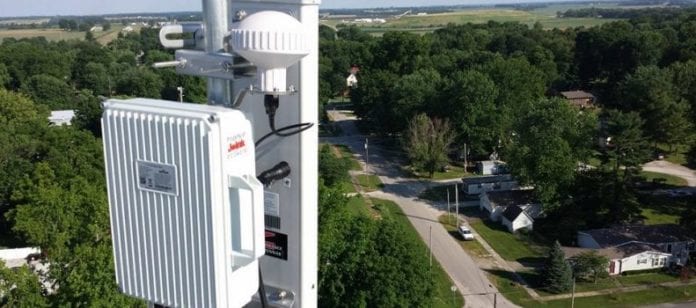The Asia Pacific region led the small cell market last year, mainly due to large deployments in China and India
A total of 2.3 million small cell units were shipped during 2017 globally, an increase of 39% year over year, according to a new study by U.K-based firm IHS Markit. The study also reported that total revenues from small cells shipping had amounted to $1.8 billion, climbing 20% compared to the previous year. This surge in revenues was mainly driven by deployments in rural and remote areas, particularly individual large-scale deployments in India by telecom operator Reliance Jio, as well as some new deployments in the Chinese market.
IHS Markit also highlighted that the market benefitted from 4×4 MIMO and 256QAM upgrades on existing small cells, as new products that support these features are more expensive.
“We continue to see increasing small cell activity, with impact being made by enterprise small cell services offered by MNOs to attract high-value corporate and vertical customers,” said Richard Webb, associate director, mobile backhaul and small cells research at IHS Markit. “This enterprise segment is strongly fueling indoor small cells unit shipments, which are far greater than outdoor small cell rollouts,” he added.
IHS Markit projects the small cell market to hit $2.8 billion in 2022, growing at a compound annual growth rate (CAGR) of 9.6%over the five years from 2017 to 2022.
“The volume of indoor units will continue to increase above that of outdoor out to 2022,” said Stéphane Téral, executive director, mobile infrastructure and carrier economics research at IHS Markit. “However, outdoor revenue will be higher because outdoor small cells are significantly more expensive with new 4G features such as higher-order MIMO and 256QAM.”
The Asia-Pacific region led all regions in terms of small cell deployments by service providers, mainly driven by activity in India and China. This region accounted for 56% of the global small cell market last year. Other key markets in 2017 were Canada, Japan and the U.S.
The study also highlighted that the indoor market, comprising the indoor urban and enterprise sub segments, is moving rapidly toward commoditization as volumes rise and service providers seek plug-and-play form factors.
The deployment of small cells will be key for the provision of commercial 5G services. AT&T said that mobile 5G technology will rely on small cells deployed closer to the ground than the tower top radios that support LTE.
AT&T’s first round of mobile 5G will use millimeter wave spectrum, which offers higher capacity rates than low-band spectrum but does not propagate over large distances. That means radios need to closer together than they are in LTE deployments. “Millimeter wave is more associated with small cell-like ranges and heights,” said AT&T’s Hank Kafka, VP of network architecture. “It can be on telephone poles or light poles or building rooftops or on towers, but generally if you’re putting it on towers it’s at a lower height than you would put a high-powered macrocell, because of the propagation characteristics.”

